In a concerted effort to foster educational opportunities and support underrepresented communities in India, 3M has launched significant initiatives aimed at promoting STEM (Science, Technology, Engineering, and Mathematics) education. These programs reflect the organization’s commitment to advancing equitable outcomes in STEM for students who have traditionally been underserved. Through these efforts, 3M is inspiring the next generation of innovators and problem-solvers, aligning them with its vision of advancing human progress and addressing some of the world’s most critical challenges through science.
In an exclusive interview with TheCSRUniverse, Smitha Gopalkrishnan, Asia Sustainability Leader, 3M India, shares that their approach towards CSR programs has always been to identify the needs of the communities where the company operates and prioritizes programs and investments addressing local community needs.
Scroll down to read the full interview.
Interview with Smitha Gopalkrishnan, Asia Sustainability Leader, 3M India
Q. Can you provide an overview of 3M India’s STEM initiative and its primary objectives? What specific programs or activities have been included under it?
A. 3M is committed to supporting our communities in India through education, community, and environmental programs — with a focus on underrepresented and underserved communities. As a science-based, manufacturing company, 3M supports education initiatives that advance equitable outcomes in STEM for underrepresented students around the world.
In India, 3M works on two key STEM initiatives –
1. 3M Wonder Tinkering Lab program which caters to middle school students from 5th -9th grade in Government schools, aimed at igniting a passion and curiosity for science.
2. PRAGYAAN Girls in STEM program, a scholarship program supporting the professional education of 200 academically brilliant girl students across engineering and medical institutes in India.
The Wonder Tinkering Lab was introduced to bridge the learning gap and ignite curiosity and a passion for science, technology, engineering, and mathematics. The pedagogy is imparted through a skill-building approach inculcating some of the 21st century skills like collaboration, design thinking, problem solving, and critical thinking. Presented as an after-school program, students are encouraged to identify local problems, apply learnings from the sessions, and use the tinkering lab as a space to develop innovative solutions. Students receive mentorship through an Innovation coach who acts as a guide. The tinkering lab or studio is also equipped with DIY tinkering kits that are fun learning aids, introducing students to the world of sensors, electronics, circuits, and 3D printing technologies. Students are encouraged to solve problems in their own communities through project work. Based on what they observe, they apply the learning from the Tinkering lab to develop solutions to solve these real-world problems through capstone projects.
The Pragyaan Girls in STEM Scholarship Program offers comprehensive scholarships to 200 girls enrolled in 28 streams of STEM programs across 94 colleges in 16 states in India. With its focus on emerging STEM fields, like Healthcare, AI, Data Science, Mechanical, Computer science, Electronics, Renewal Energy, environmental science, Material Science, and Biotechnology, the program aims to increase the number of women in STEM fields, thereby contributing to a more diverse and innovative workforce. Through internships and mentoring, the project can actively contribute to increasing the representation of women scholars in STEM fields. The empowerment of women in STEM has far-reaching benefits, not only for individuals but also for enriching the scientific community and advancing society as a whole.
Q. How does this initiative align with your broader corporate values and goals?
A. We believe that science is foundational to life and drives progress in humankind. Our vision is to make what is indispensable to modern life, advance human progress, and deliver a brighter future through 3M Science. This vision aligns with our strengths as a science-based, manufacturing company that is committed to solving some of the world’s most critical problems.
We owe the success of our company to the advances we are making with the help of science and as a way to give back to society, we are motivated to promote science all around us, working to make a difference through partnerships and initiatives that enhance access to learn and apply science for a better world.
Science needs young people who want to change the world and solve real problems. And, a diverse workforce leads to the diversity of ideas leading to innovation. This is what inspires us to do the work in our communities to encourage young people to become creative problem solvers using the power of science and technology while also addressing the gender gaps in the pipeline and building a more gender-representative STEM workforce to take on the challenges of tomorrow.
We recognize the importance of equal access to science, technology, engineering, and mathematics (STEM) education and careers, as well as to training and development in the skilled trades. That is why we are working towards creating 5 million STEM and skilled trades learning experiences for underrepresented individuals by the end of 2025. To achieve this, we are investing in programs and partnerships to improve academic outcomes and provide transformational opportunities for the next generation of scientists and engineers.
Q. Can you share some details about the regions or communities that have benefited from this initiative?
A. The Wonder Tinkering Lab program has been implemented at 10 Government schools in Shirur taluk, Pune, Maharashtra. In Bangalore, the labs have been set up in 10 schools in Anekal, South 3 and South 1 wards of Bangalore. Both regions include rural and peri-urban areas around our manufacturing sites. These programs have been well received and appreciated by the school administration, local panchayat leaders, and families of the students studying in these schools.
Q. How many students and educators have been directly impacted by the initiative so far? What measurable outcomes have you observed till now?
A: The program has directly impacted 3854 students in the Pune program and enrolled about 2000 students in the Anekal program who will be engaged in the program in the new academic year in FY 24-25.
A: A good measure of the program is the level of engagement which is measured in terms of participation and attendance and number of science capstone projects for the Annual Science Fair. Over 2000 sessions have been conducted in the labs in Pune with a 95% attendance rate. About 20 final capstone projects emerged which were showcased during the Annual Science Fair at Pune in March 2024. About 20 teams participated, presenting their work. The way the students articulated their understanding of their local community’s social and environmental problems, the science applied for the innovation, and the demonstration of the prototypes to show proof of concepts spoke volumes about the progress made by the students in their learning and understanding, including the passion with which they shared their work, which was truly inspiring to see.
Q. Are there any key partnerships or collaborations that have been crucial to the success of this initiative?
A. 3M Wonder Tinkering Labs is implemented in partnership with Learning Links Foundation and the Pragyaan Girls in STEM Scholarship program is implemented in partnership with Foundation for Excellence. Both organizations have worked extensively in the STEM education fields impacting several beneficiaries through multiple partnerships and across states.
Q. What challenges do you face in implementing your initiatives and how do you address them?
A. The Wonder Tinkering Labs provide a workspace where young minds can give shape to their ideas through hands-on do-it-yourself mode; and learn innovation skills, while understanding the concepts in STEM. That said, we notice that enrollment of students at Government schools can oftentimes be low. It is our hope and belief that initiatives like these will help increase enrollment, thereby increasing the childrens’ exposure to STEM.
The labs are an investment in the school’s education infrastructure and as the labs continue to demonstrate a positive impact on the students and showcase their talent, there is a greater scope for providing access to this form of education to a larger number of students
Teachers, especially science teachers, form the backbone of this kind of transformative education. Our program hires specially trained STEM engineers or BSc Graduates as Innovation coaches. It is to be noted that since the teacher-to-student ratio is relatively low in government schools, where schools typically have 5-6 teachers for multiple subjects and classes, it is important to focus on building capacity.
School administration support is crucial to implement such programs. The engagement with the Block Education Officer in identifying schools for this initiative was an important activity to ensure that we were able to work with forward-thinking, supportive school administration teams to implement the program. Their support and involvement range from providing a dedicated classroom, arranging for special sessions for the students to attend the tinkering lab sessions, and taking pride and ownership of the program as they begin to see the positive impact on the students and the reputation of the school.
Q. How do you measure and evaluate the effectiveness of these initiatives?
A. The measurement mechanisms and framework are developed around the below metrics covering enrollment, attendance, participation, engagement, and learning outcomes.
- Increase in student enrollment
- Increase in teachers’ participation in labs
- Increase in students asking questions
- Increase in Peer to Peer teaching
- Better graders / Scores in science subjects
- Number of projects and prototypes developed by the students
- Community members are aware of the activities/ideas / models shared by the child in resolving basic community problems
Q. Are there any CSR programs at 3M India that work in synergy with the STEM initiative?
A. Our approach towards CSR programs has always been to identify the needs of the communities where we operate and prioritize programs and investments addressing local community needs. The key themes that we work on in all our communities include – education, health, livelihood support, environment, and inclusion. With that approach, we decided to focus our interventions on 7 village communities in Shirur Taluk in Pune, where our manufacturing site is located. Taking up the issue of healthcare access, during COVID and after, we worked on a solar electrification project that covered all the primary health centers and sub-centers in the entire Shirur taluk, which has had a multiple effect on the healthcare delivery services to the local population.
With the STEM education program, we prioritised Government schools from these villages in consultation with local authorities aligning with their ambitions to develop STEM infrastructure in the schools in the region. We are also working on a watershed management project in the same set of villages as Shirur is a rain-stressed and water-stressed region. By addressing multiple issues, we are adopting a holistic approach to community development and support in Pune.
We are working towards a similar approach in other areas where we operate like Bangalore and Ahmedabad, starting by understanding the needs of the communities around our manufacturing sites.
Q. Do you have any new CSR projects or expansions on the horizon?
A. After initiating the Wonder Tinkering Lab program in Pune, we expanded it to Bangalore which is also home to our first factory and R&D center. We are exploring options to either go deeper into these communities by adding more schools or expand to other plant locations like Ahmedabad.



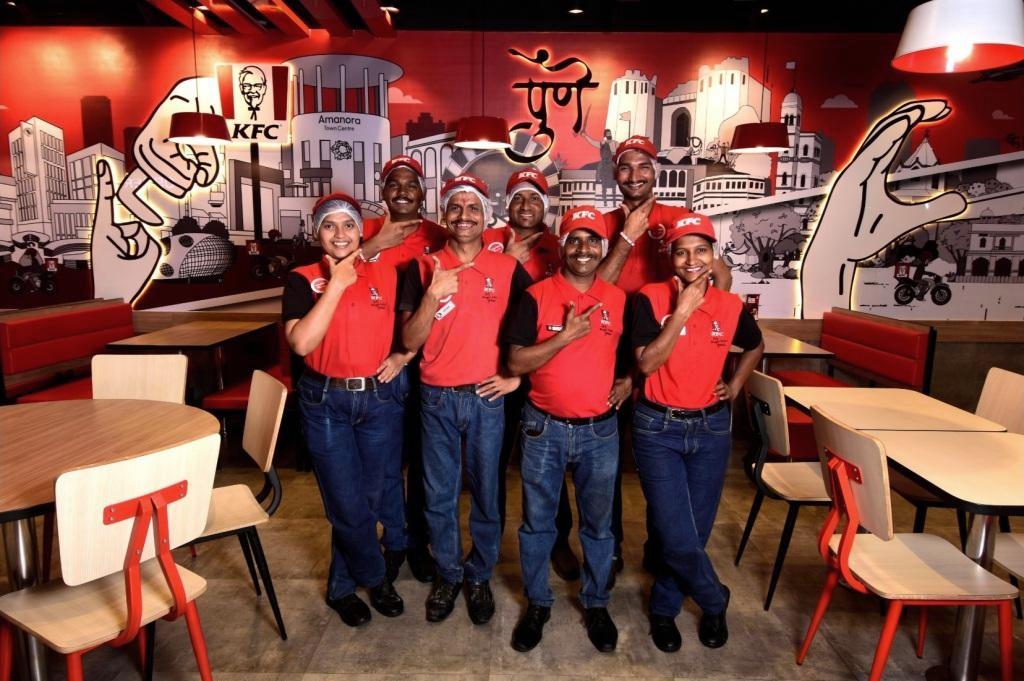
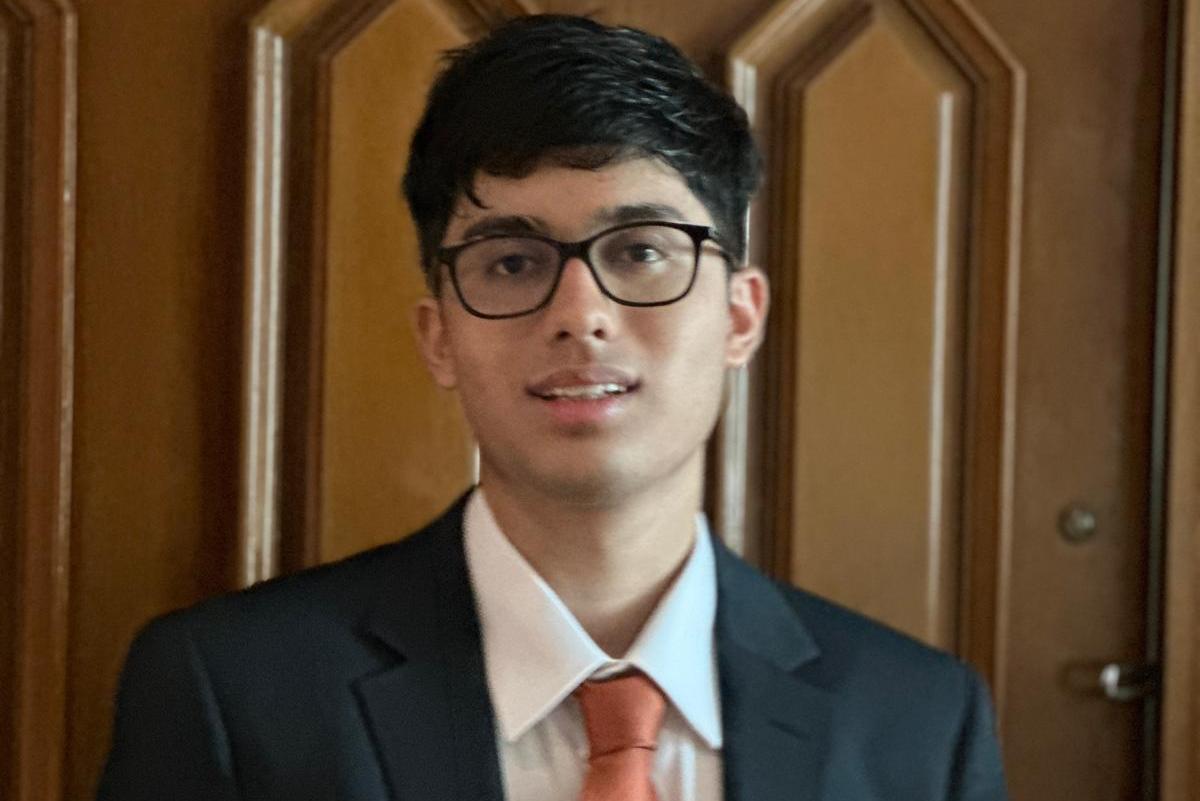
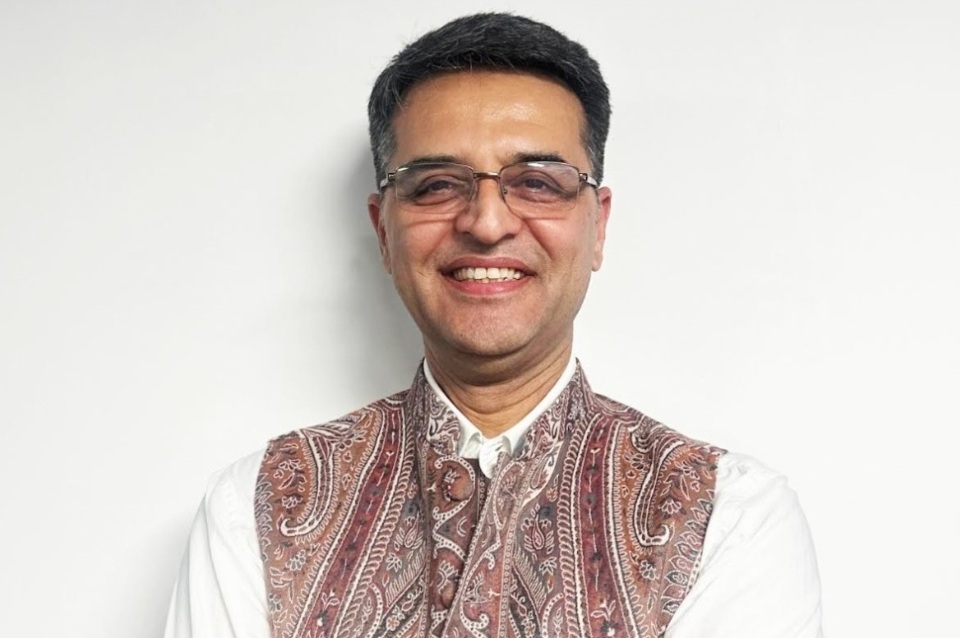
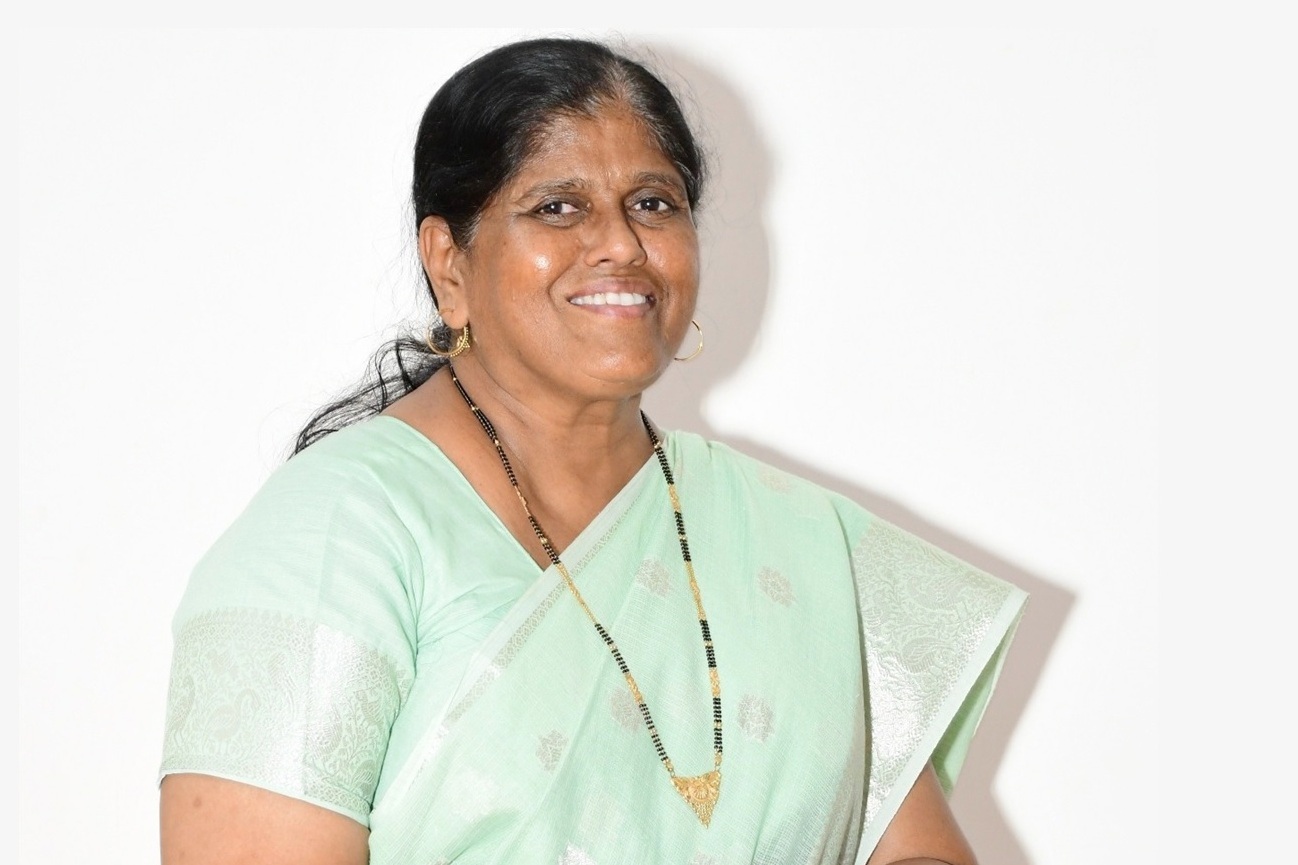
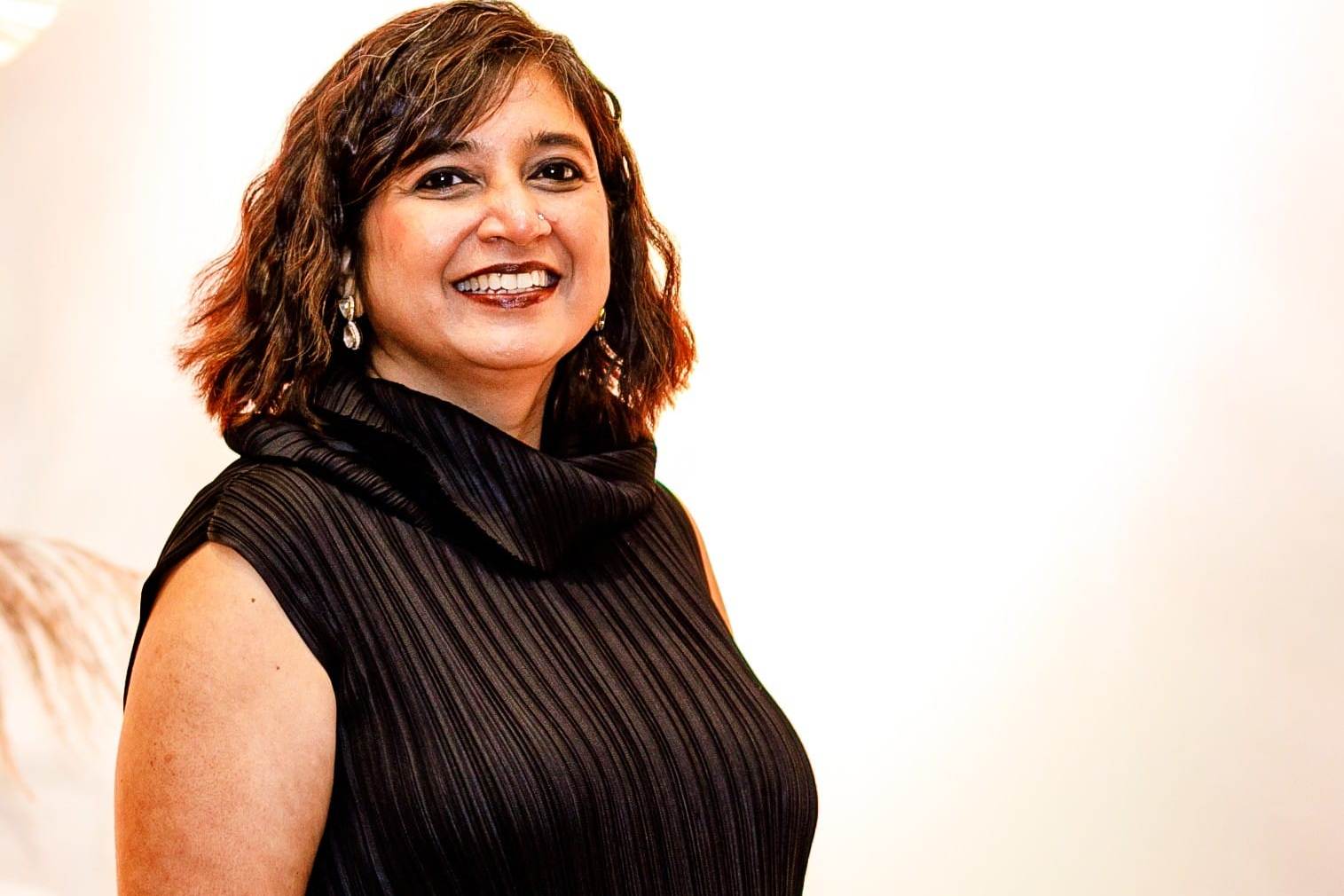

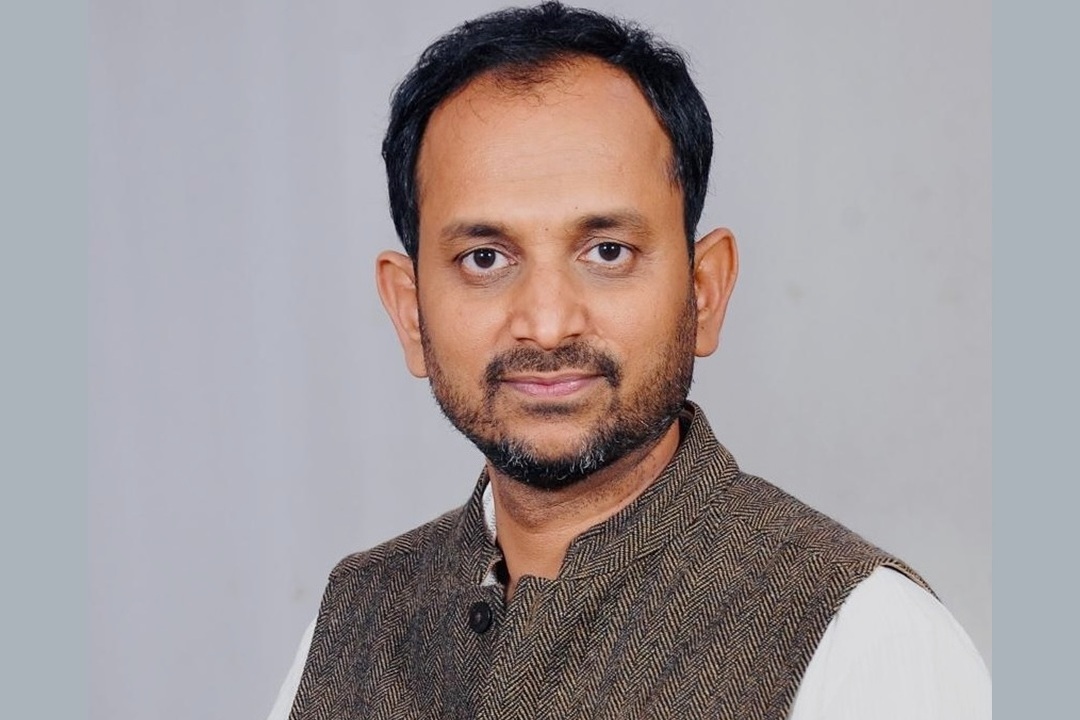
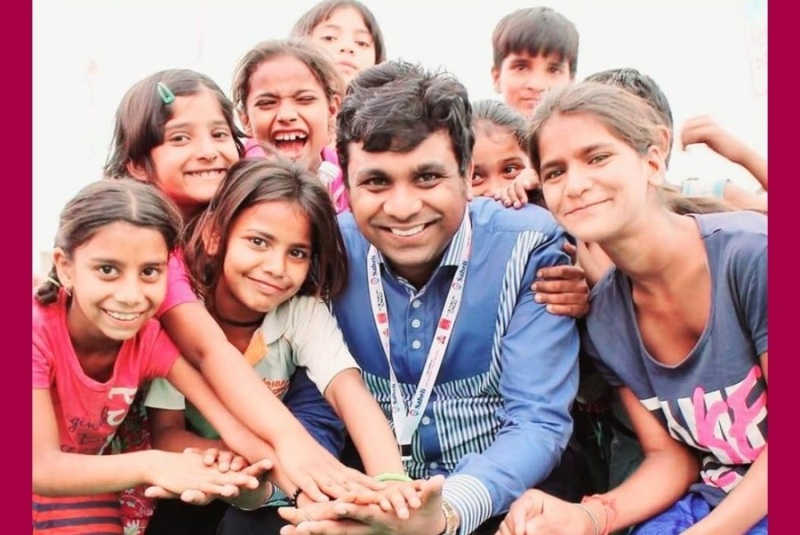
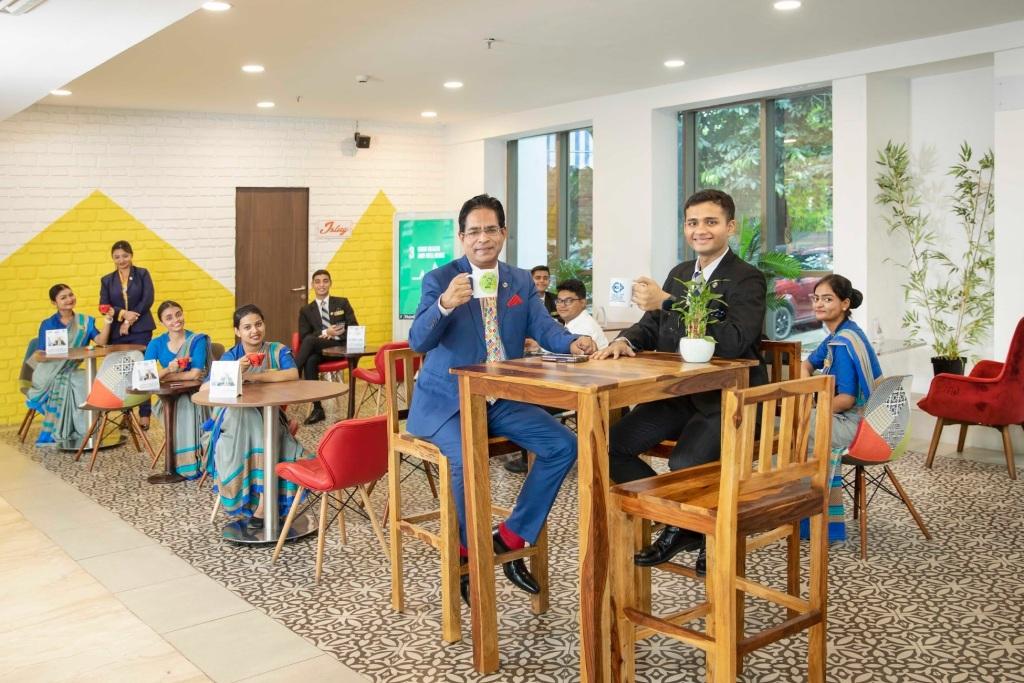
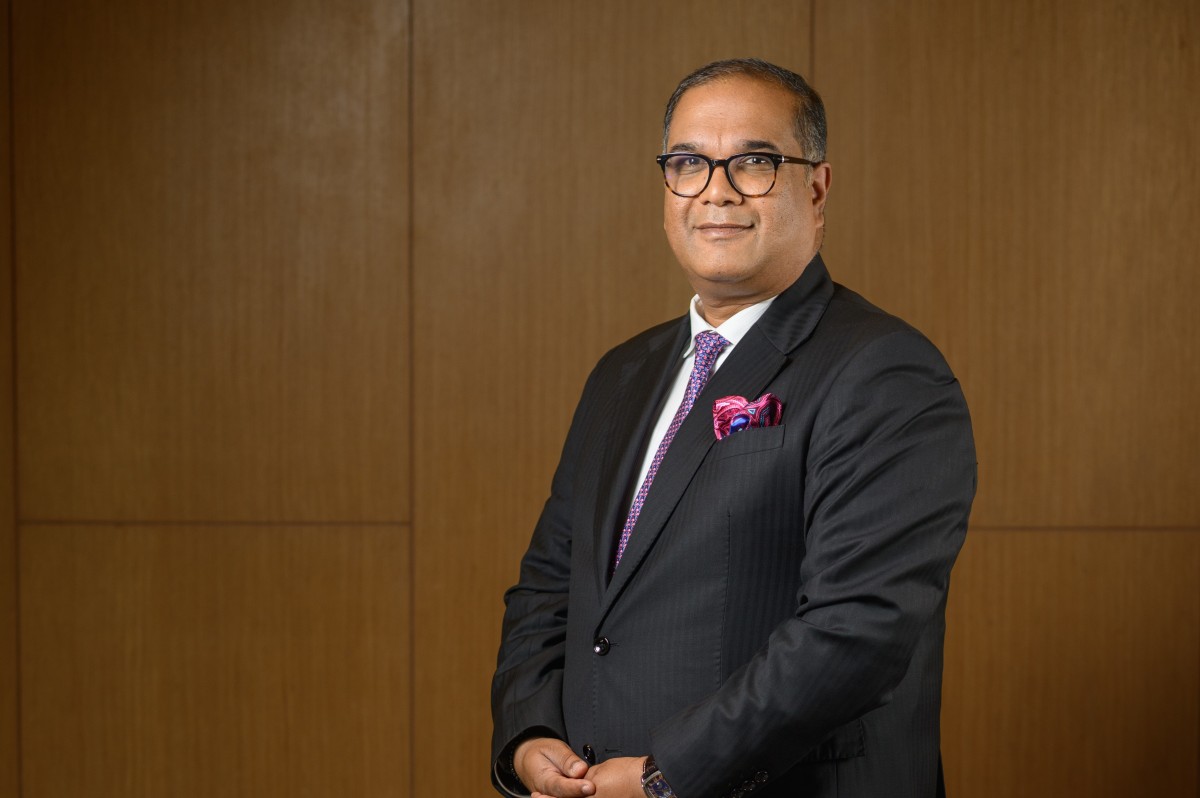

.jpg)




